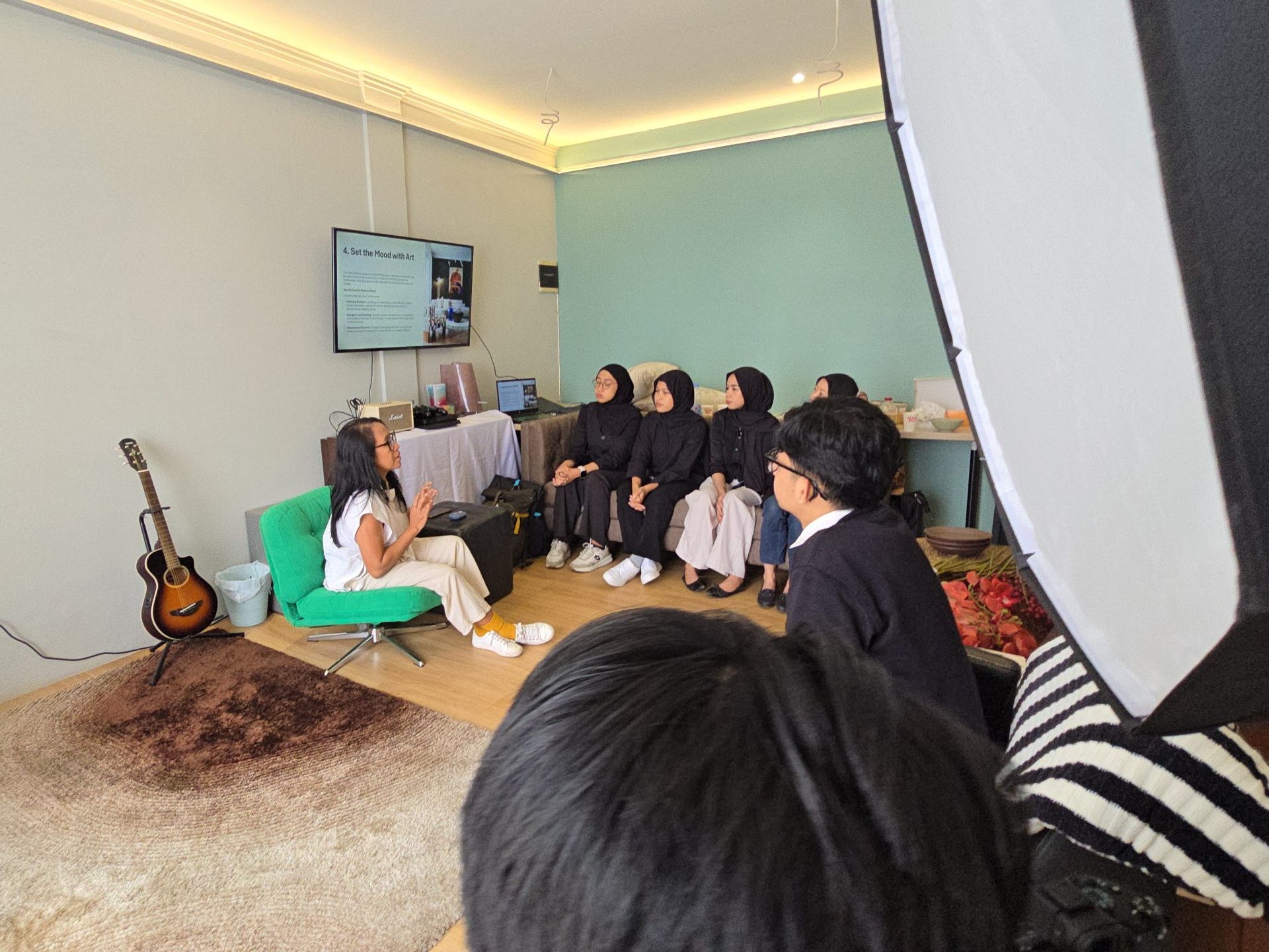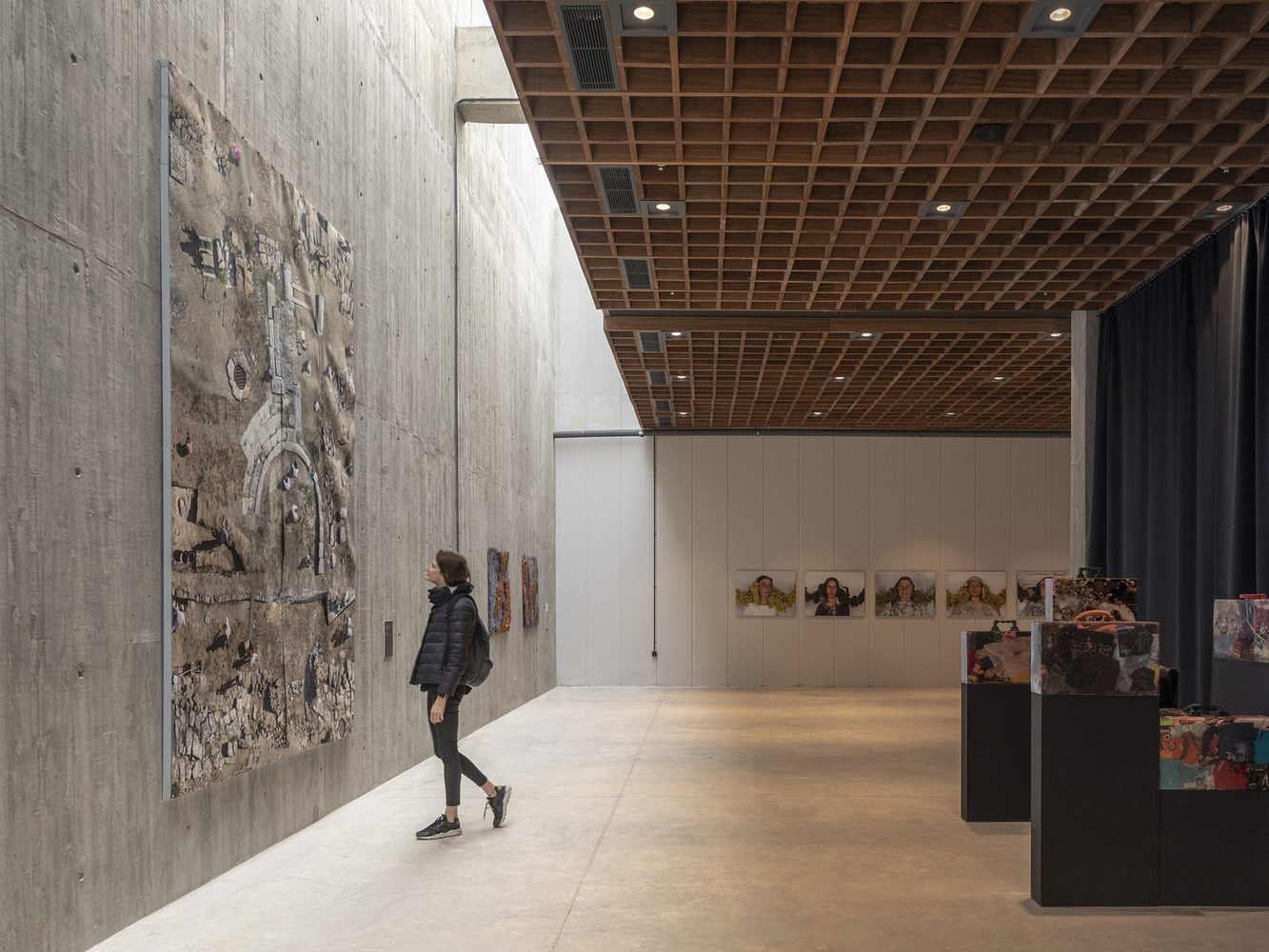
The Psychology of Space
Humans have an innate response to their surroundings. Design elements such as lighting, colors, spatial layout, and materials all contribute to our psychological state. For example:
- Color Psychology: Warm colors like red and orange can evoke energy and passion, while cool tones like blue and green promote calmness and relaxation.
- Lighting: Natural light boosts mood, improves sleep quality, and enhances focus. Poor lighting, on the other hand, can cause eye strain and negatively impact mental health.
- Spatial Layout: Open spaces encourage communication and collaboration, while private areas foster focus and introspection.

Enhancing Well-Being Through Design
Interior design has a direct impact on physical and mental well-being. Key design strategies include:
- Biophilic Design: Incorporating natural elements such as plants, water features, and natural materials improves air quality and reduces stress.
- Ergonomics and Comfort: Well-designed furniture and layouts prevent physical strain and contribute to overall health and efficiency.
- Acoustics and Noise Control: Soundproofing techniques and soft materials can minimize noise pollution, creating a more peaceful environment.
- Air Quality and Ventilation: Proper airflow and non-toxic materials contribute to better respiratory health and overall well-being.

Impact on Behavior
Well-designed interiors influence human behavior in profound ways:
- Productivity and Creativity: Workspaces with thoughtful layouts, adequate lighting, and inspiring aesthetics enhance motivation and innovation.
- Social Interaction: Public and hospitality spaces designed for inclusivity encourage engagement and positive social experiences.
Relaxation and Stress Reduction: Residential spaces with harmonious design elements provide a retreat from daily stressors, promoting relaxation and mental clarity.

“Interior design is not just about beauty; it is about creating environments that positively shape human experiences. By understanding how design influences behavior and well-being, designers can craft spaces that enhance quality of life, promote health, and foster meaningful interactions. Thoughtful design has the power to transform spaces—and lives.”



